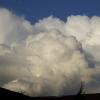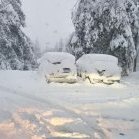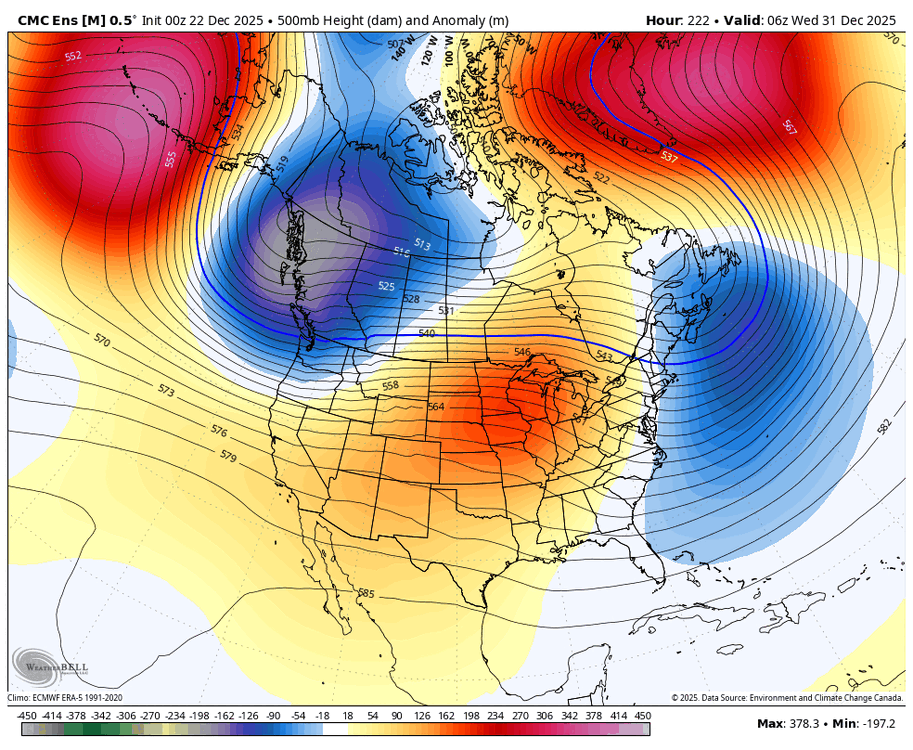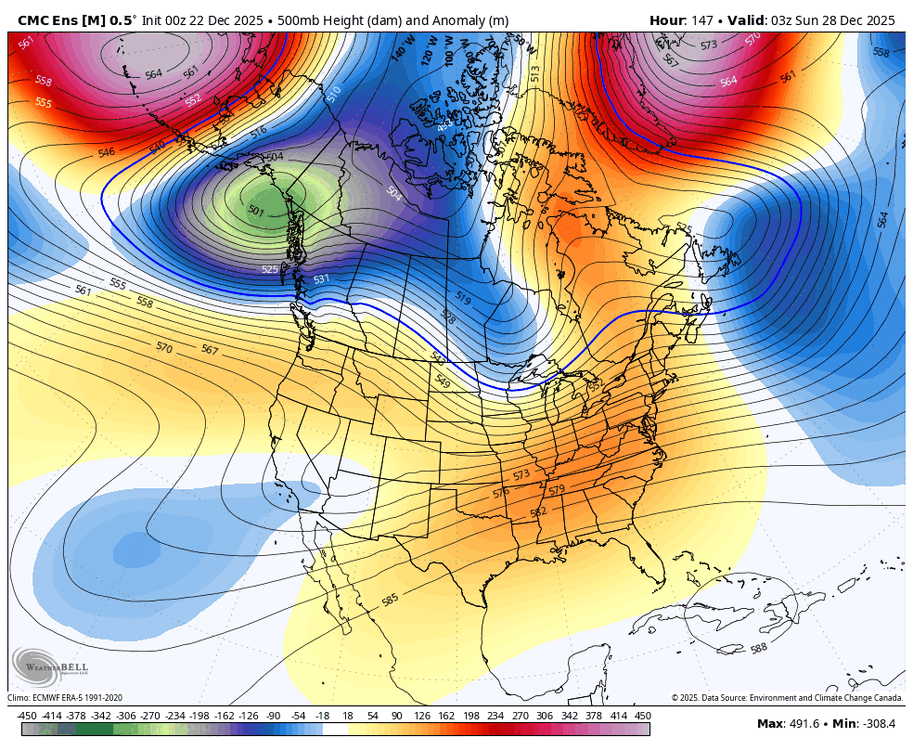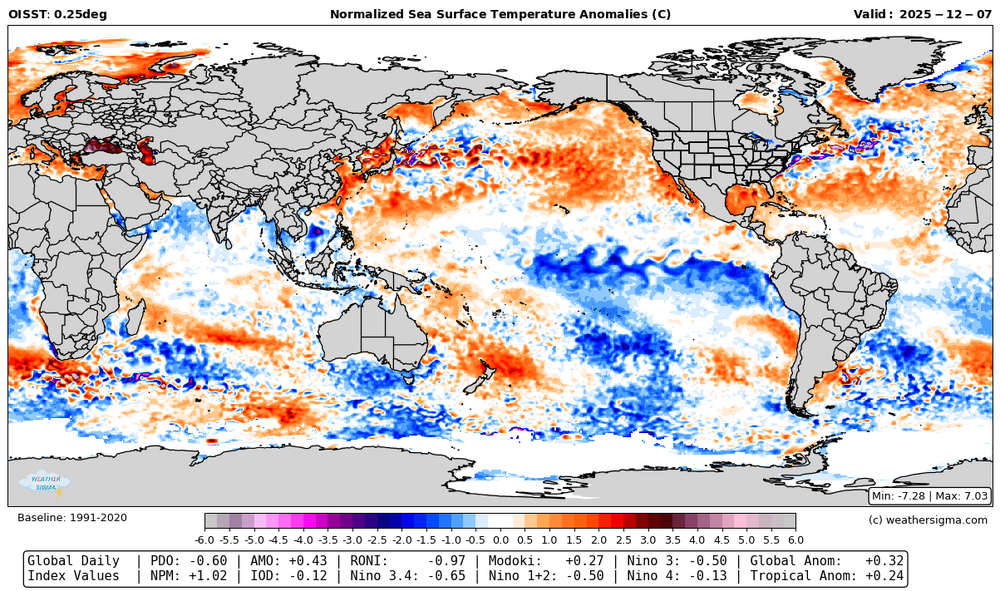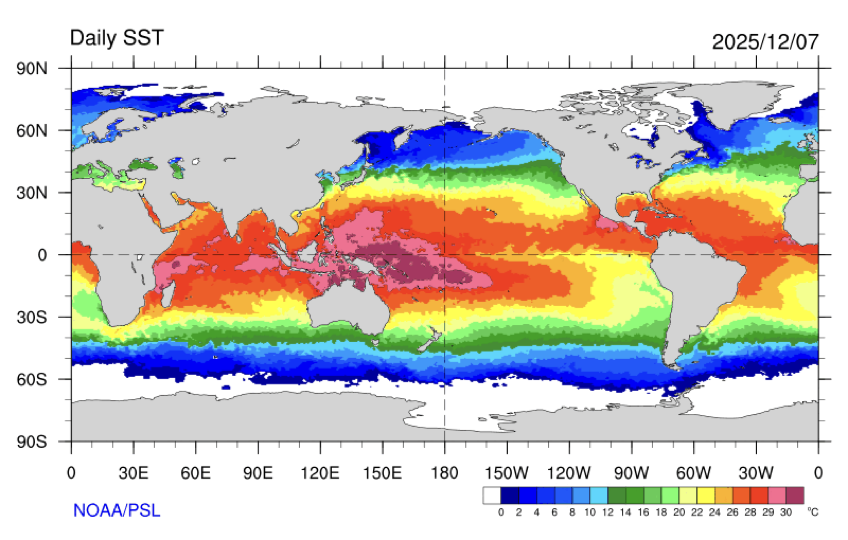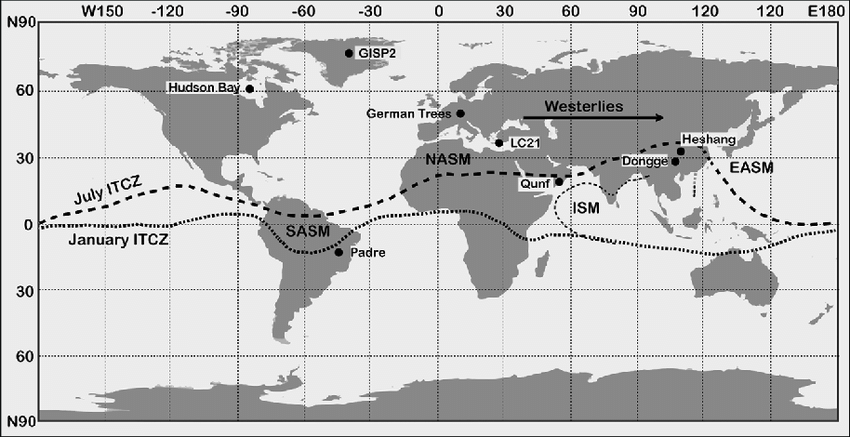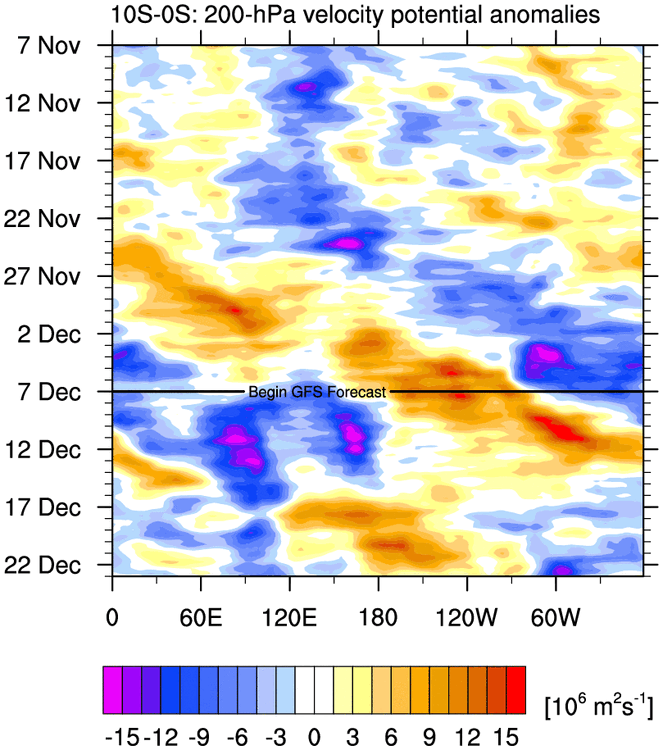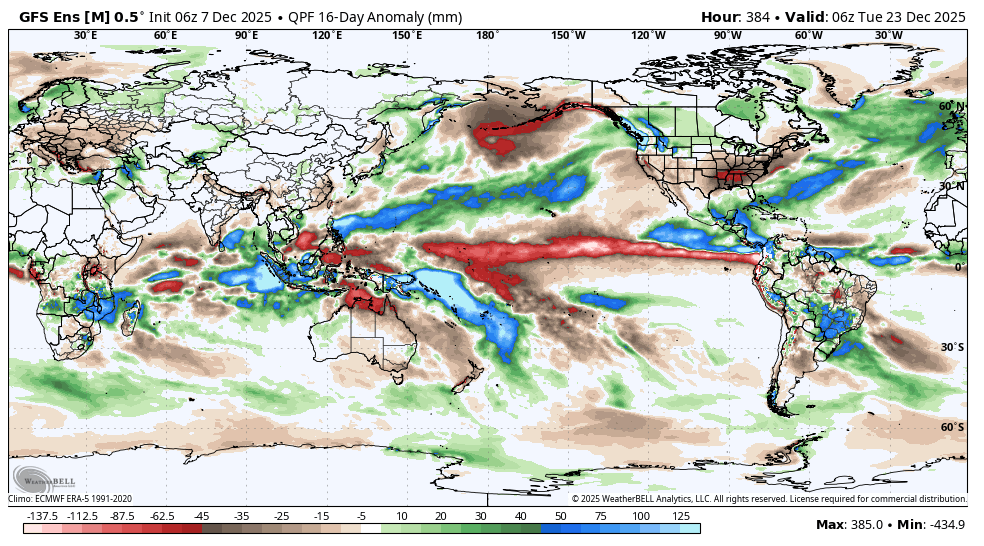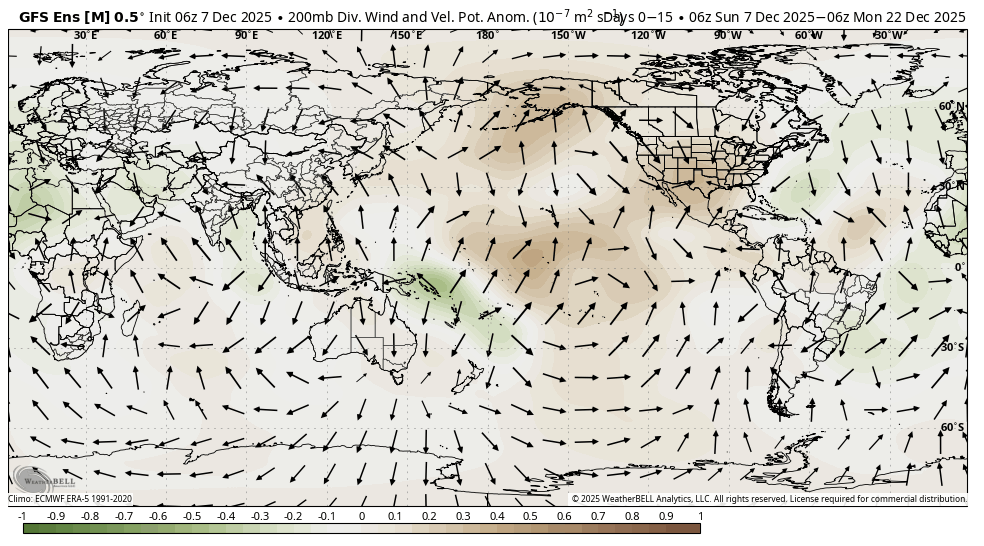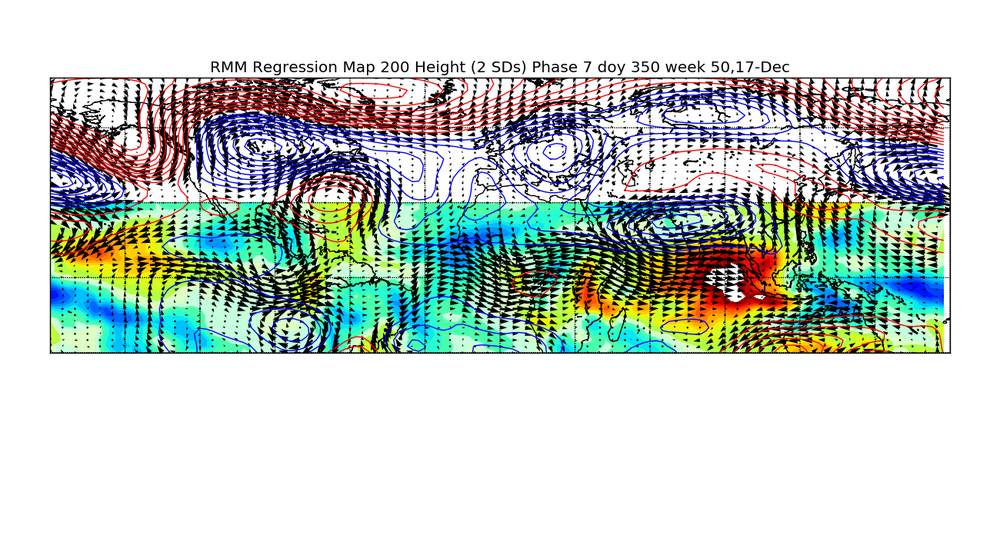-
Posts
404 -
Joined
-
Last visited
About BlizzardWx

Profile Information
-
Four Letter Airport Code For Weather Obs (Such as KDCA)
KTUL
-
Gender
Male
-
Location:
Tulsa Oklahoma
Recent Profile Visitors
2,710 profile views
-
Definitely some large and important trends. On the first trough I think its the more SW -NAO high that helps the trough dig into the Plains more effectively. The forecast is trending colder quickly here for next next week. Moving towards +PNA near days 8-10 as well. If that west coast ridge can merge with the WPO high I bet a lot of cold air dumps south in a hurry. Obviously trends can reverse, but it looks more promising than I've seen in a while.
-
The warmth continues to look impressive here, with mid 70s to low 80s for several days before and after Christmas. Likely a few record highs and max mins. The overall pattern continues to look messy to me and out of phase, perhaps from multiple competing factors. That tends to make it hard to secure anything really great in terms of winter weather down south. So for now I see nothing positive, but obviously that could change in a few weeks.
-
I guess we will have to wait and see if this actually develops. The way I tend to look at this is that models even today cannot see pattern changes coming until they are within the medium range. It's fun to look at the weeklies, but there really is very little skill past 10-15 days. So maybe we do get a +PNA flip, maybe we don't, but I am confident that models don't know either
-
This would be a pretty major reversal from the current pattern. Definitely would get a more active storm track so theoretically higher snow chances for many.
-
I've been trying to think about what is "going wrong" with such a prolific -WPO to be talking about record warmth down my way. Do you know if a -WPO is typically good for the southern Plains? Is it perhaps atypical to have a -WPO paired with a -PNA or is that typical? I know when I look at the current pattern it seems reasonable to have a west coast trough downstream of that high but maybe sometimes ridging extends further southeast? Mostly just trying to build my understanding for this index.
-
Assuming no shallow cold air sneaks down my way (certainly possible) we are probably going to have a good shot of record heat on Christmas. It's a surprisingly low record at 73 F in Tulsa, very doable given the pattern.
-
That's fair. I think the tri-monthly is around -0.9 eyeballing it.
-
Thanks for the comments. I do think we will get our turn down here in January or early February.
-
-
Per Roundy the warm pool near the MC continues to move east. One would think, especially if this continues, the default forcing may shift east as well.
-
Do you see any decent winter weather opportunities for the southern plains moving forward?
-
I was thinking some more about the question of where do you want to focus on for the VP. I assume the ITCZ location is the main driver of that, which obviously varies a lot and isn't always +/- 5 degrees. The map I posted earlier kind of shows this too with much of the stronger forcing south of the equator near the MC. I'm also thinking more about the idea of the raw VP vs anomalies. Since the water is always warmest near the MC isn't having a standing wave there in the raw the climatology we would always expect? Like doesn't that almost always exist? And anomalies might be more useful because they show the deviations from that standing wave? I don't know, just thinking a lot this morning If you use the equator to 10S band it looks MC focused the next week, then becoming more incoherent.
-
I see you used the +/- 5 latitude VP. I know some sites use a broader area like +/- 15 degrees and with anomalies. Do you find this selection to be the most relevant? I'm still wading my way into understanding the MJO better. I attached some GEFS plots for the current precip and VP anomalies. I think a good chunk of what might be more 7-8 forcing is below 5 S with the record warm temperatures off of Australia. But I definitely see the 4-6 forcing within the +/- 5 latitude band too.
-
I know MJO 7 is supposed to become more favorable later in December compared to early in the month or November, but I am worried that the extended jet (relating to what you were mentioning in the west Pacific) will continue to keep things out of phase with expectations. I guess we will see.
-
The pattern we have coming up does not have many historical matches comparing it to past Decembers. I'm not exactly sure how to generalize it, but to me it almost appears that the lower latitudes portion of the pattern (say 25-40 N) is shifted east of where you would expect it given the polar configuration. It's a strange to, for example, have robust ridging for 2/3 of the country downstream of the -WPO block like we see days 10-15 in current guidance. I think this may be related to the strong Pacific jet disrupting what would otherwise be a better pattern.


